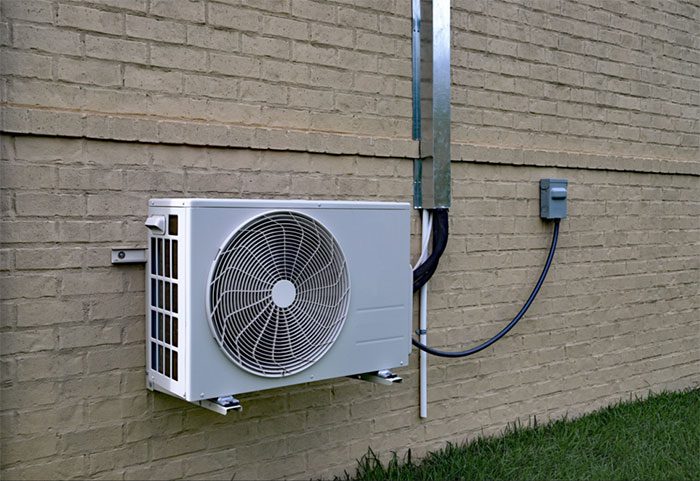Air conditioners typically consist of two main units: the outdoor unit and the indoor unit. Whether the outdoor unit needs protection from rain is a question many people have.
Air conditioning is one of the essential electrical appliances that many households own. Regular maintenance and care of the unit is crucial. It not only ensures optimal performance and prolongs its lifespan but also helps save electricity.
An air conditioner generally has two main components: the outdoor unit and the indoor unit (also referred to as the outdoor condenser and indoor evaporator). The indoor unit is usually installed inside the house, while the outdoor unit is placed outside.
The outdoor unit of an air conditioner is used to transfer heat from inside the room to the external environment. In other words, its primary function is heat dissipation.

There is no need to overly protect the outdoor unit of an air conditioner.
The installation of the outdoor unit raises a common question: does this component need to be shielded from the sun and rain?
According to air conditioning technicians, overly enclosing the outdoor unit can negatively affect the cooling capacity of the indoor unit, leading to higher energy consumption.
The outdoor unit is designed to withstand sun and rain, even heavy rain. Thus, it is unlikely to be easily damaged when left outside in the rain.
However, users should avoid installing the outdoor unit too low – close to the ground – to prevent water pooling that could hinder the air conditioner’s operation.
It is best to create a spacious environment around the outdoor unit and there is no need for excessive protection of this component. A well-ventilated space will allow for better air circulation, preventing moisture retention and protecting crucial internal components of the outdoor unit from damage.
The best location for installing the outdoor unit of an air conditioner
The distance between the outdoor unit and the wall should be at least 10 cm, with a safe clearance of 0.25 m on both sides of the unit. The distance from the wall opposite the outdoor unit should be at least 60 cm.
Additionally, it is advisable to avoid installing the outdoor unit in areas with direct wind as this can create significant resistance for the fan, preventing the unit from operating efficiently and wasting energy.
Avoid placing the outdoor unit directly opposite other electrical devices, such as another air conditioner’s outdoor unit, at too close a distance. It is not recommended to install the outdoor unit in locations with strong winds or excessive debris, such as fallen leaves.
The position of the outdoor unit should be lower than that of the indoor unit. If the outdoor unit is installed higher than the indoor unit, technical personnel should ensure proper oil traps are designed, with a height difference not exceeding 8 meters.
Take note that the pipe distance between the outdoor and indoor units should ideally range between 3 to 7 meters.




















































